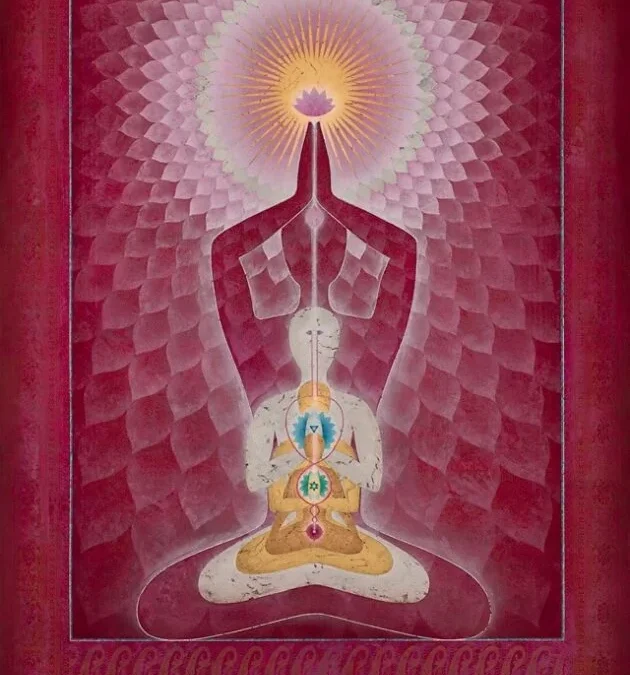Methodless Method
BEYOND THE METHODS
Thoughtlessness is called shambhavopaya. One-pointedness is called shaktopaya. Concentration on and with the support of mantra and breathing and all other elements is called anavopaya. Above and beyond all of these is anupaya.It is called anupaya, meaning “no upaya”. It is effortless effort and method less method. It is not a true upaya as such, but represents the transcendence of the upayas. In anupaya, aspirants only have to observe that nothing is to be done but to reside in the Self. Be as you are. Do not do anything, only reside in your being.
Anupaya actually means no-means. It can also be termed as The negation of all means. The Self, that already exists is the ultimate goal of life and is already achieved. It is not something that has to be created afresh. It is also not really covered even when clouds seem to cover it. There is thus really no question of acquiring the self or doing any practice to attain it.The realm of anupaya is the realm of what is ‘anuttara’ ( The transcendent), which is beyond everything and in which doing or achieving anything is irrelevant as it is complete in itself.
“In the transcendent, where is the talk of the difference between the worship, the worshipper and the worshipped? Who transits ( into the real), who makes one transit, and what is the process of transition? All this (difference) is false; there is nothing separate from the unity of consciousness. Everything is the experience of the self and is pure by its very nature ; so don’t worry.”
“Here there is no going anywhere, no applying of any technique, no contemplating, no meditating , no reciting of mantra, no practising anything, no making efforts, Nothing. Then what is the real thing to do? The real thing to do is this- do not leave anything, do not take anything and enjoy everything as it is.”
-Anuttarastika
Anupaya stands at the highest point in the hierarchy of means (upayas) and it is sometimes taken as the culmination of sambhavopaya, saktopaya, and anavopaya. Anupaya is thus not merely the negation of means, but also where all the other means ultimately lead to.
The concept of Moksha in Kashmir Shaivism is different from vendanta. For vedanta, the state of Shiva is sat, chit and Anand (All-truth, all consciousness, Bliss). Kashmir Shaivism argues that Shiva is already sat (truth) and there is no doubt in it. Instead, The state of Shiva is Chit (all-consciousness), Ananad (Bliss), Iccha (rise of desire due to Shiv-Iccha), Gyan (knowledge) and Kriya (action). Sambhavopaya is Iccha (shiv-Iccha), Saktopaya is Gyan (Knowledge or means) and Anavopaya is Kriya (action). Anupaya is attributed to ananda shakti of Shiva and is called anandopaya (path of bliss).
A mere touch or a mere glance of the one who is in the state of Anupaya makes one’s entrance pure to the kingdom of Transcendental Bliss. Just as a Poisonous snake emits the venomous effect to a person from a great distance, similarly a great yogi residing in Anupaya state brings the seeker into the same state owned by him, by the radiance of shaktipat. This is the basis of Maha Siddha Yoga.


